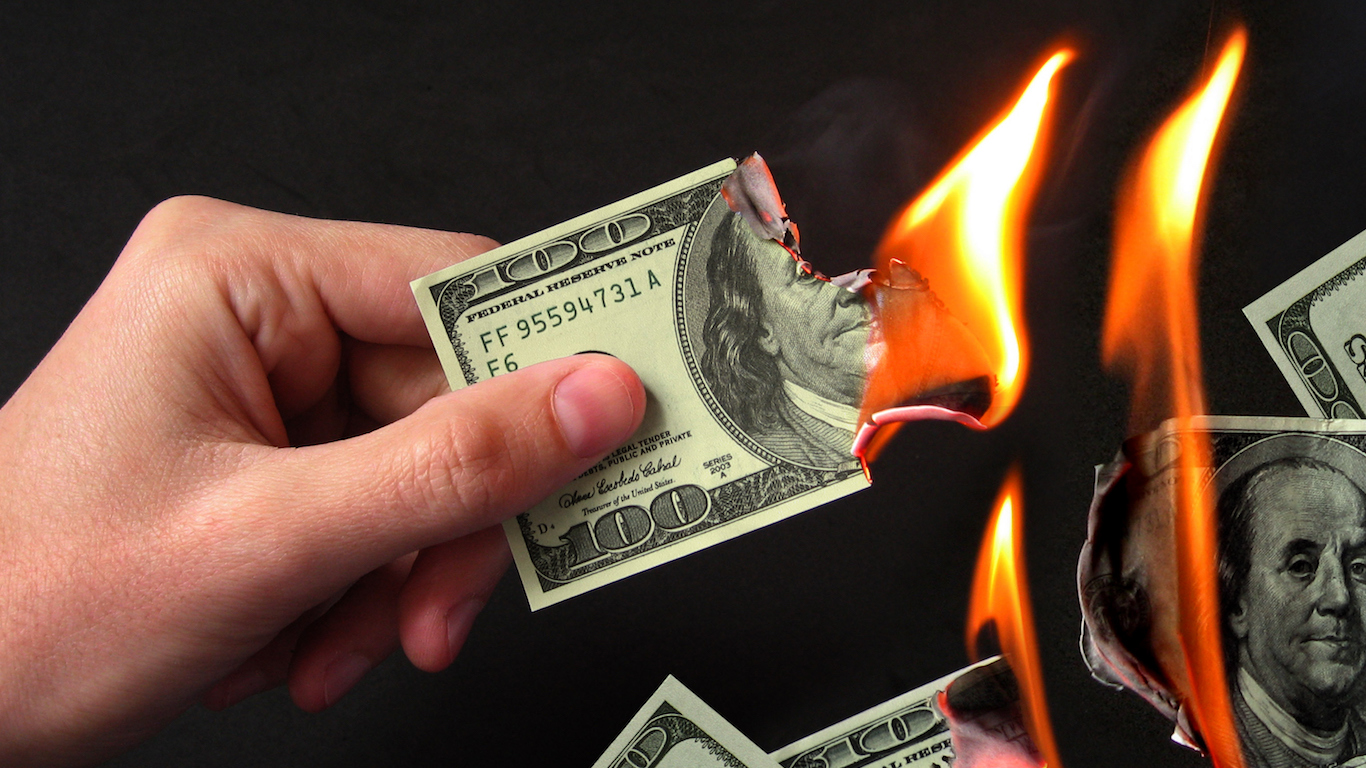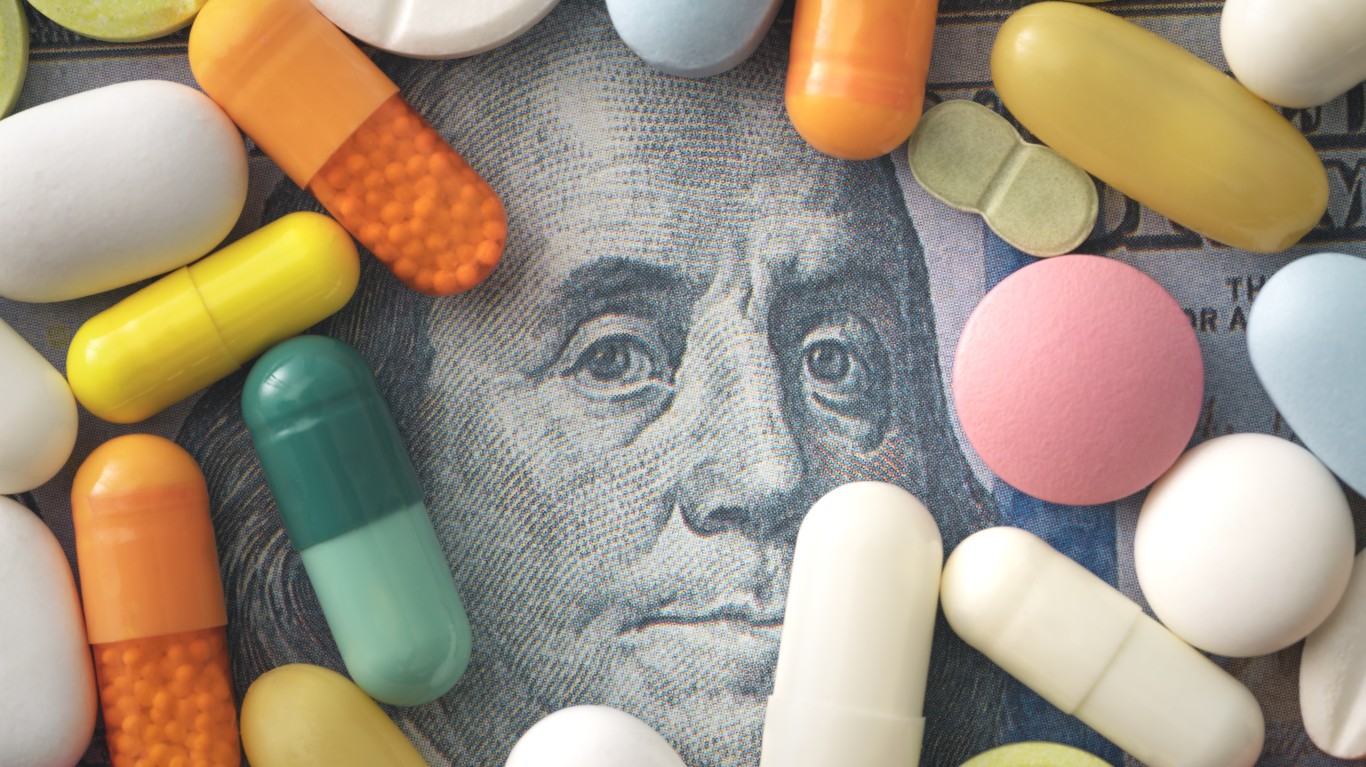
To say the least, Bio-Path Holdings Inc. (NASDAQ: BPTH) stock has taken a beating in the past five years. Investors obviously aren’t happy about this, and the way that management and the board of directors has handled it has been clumsy. In the past five years, Bio-Path stock has dropped about 98%, on a split-adjusted basis.
In February 2018, to maintain Nasdaq compliance, Bio-Path announced that it would undergo a one-for-10 reverse split. There was also another one-for-20 reverse split in January 2019. As with most reverse splits, the stock sold off as a result, adding to the company’s financial woes.
If investors had not had enough of it already, less than two years later Bio-Path conducted a registered direct offering of 808,000 shares and 606,000 warrants. The offering priced at $9.90 a share, and it was announced toward the end of November 2019. The company currently has 3.69 million outstanding shares.
It’s one thing to punish investors with a reverse split, but then to dilute them just over a year later is disrespectful. While the capital raise makes sense, considering the timing of Bio-Path’s clinical trials, it doesn’t make the chart look any better.
Balancing Act
A quick look at Bio-Path would reveal it has a market cap of $13.7 million and shares recently have been trading around $5, with a range of $2.92 to $24.73 in the past 52 weeks. What this tells us is that the stock has fallen sharply in the past year. Has it fallen too far?
Looking a little deeper at the balance sheet and U.S. Securities and Exchange Commission (SEC) filings reveals that the company has $20.4 million in cash and cash equivalents, with only $415,000 in debt. On a book value per share basis, Bio-Path Holdings stock would have a share price valued at $5.71. So where is the disconnect?
Because of their speculative nature, biotechnology companies tend to be valued differently by investors and institutions. While Bio-Path might have $20 million on the books, it doesn’t bring in any revenue. This cash acts as the company’s runway, at least determining how long it can afford to stay afloat in the long term. The only cash that actually comes into the company is through issuing shares or direct investment.
Again, looking at the balance sheet and cash reserves shows that Bio-Path has a cash burn rate of about $2 million a quarter. With its current reserves, it has about 10 quarters left before it goes bankrupt or needs to raise more money. Basically, this means that Bio-Path has about two-and-a-half years to make another breakthrough with its pipeline (as the company did in November) to raise more cash.
What’s Coming Down the Pipeline?
Bio-Path recently released an update of its pipeline and forecasts for 2020. Among other things, it updated some of its clinical trials. The company was particularly optimistic about the Phase 2 study of its prexigebersen in untreated and refractory/resistant acute myeloid leukemia (AML). It changed its plans for advancing the drug’s tests about a year ago, when it issued a clinical update of its long-term development efforts.
Management has said that it is “leveraging its proprietary DNAbilize antisense RNAi nanoparticle technology to develop a portfolio of targeted nucleic acid cancer drugs.” It has several of these drugs in its pipeline, and it is uncertain whether any of them will become a blockbuster drug. It has Phase 2 trials for AML that is untreated and high-risk myelodysplastic syndrome patients.
Bio-Path also has made an Investigational New Drug Application to the U.S. Food and Drug Administration (FDA) for treatments of solid tumor cancers, including both ovarian and endometrial cancers.
100 Million Americans Are Missing This Crucial Retirement Tool
The thought of burdening your family with a financial disaster is most Americans’ nightmare. However, recent studies show that over 100 million Americans still don’t have proper life insurance in the event they pass away.
Life insurance can bring peace of mind – ensuring your loved ones are safeguarded against unforeseen expenses and debts. With premiums often lower than expected and a variety of plans tailored to different life stages and health conditions, securing a policy is more accessible than ever.
A quick, no-obligation quote can provide valuable insight into what’s available and what might best suit your family’s needs. Life insurance is a simple step you can take today to help secure peace of mind for your loved ones tomorrow.
Click here to learn how to get a quote in just a few minutes.
Thank you for reading! Have some feedback for us?
Contact the 24/7 Wall St. editorial team.



